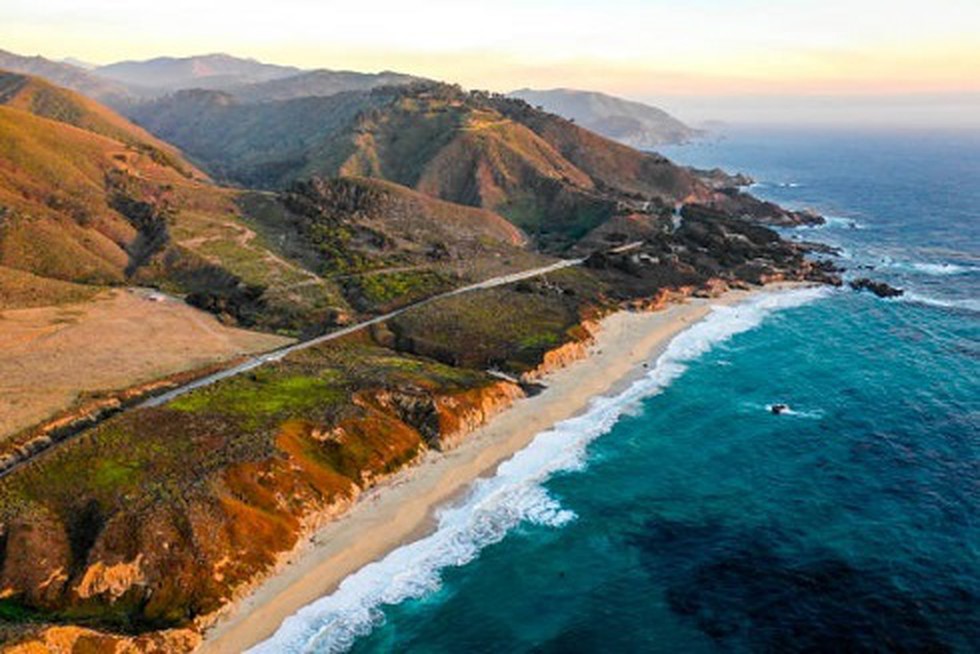About:
- From this CVI, it can be delineated that Gujarat’s 124 coastal km is going to get affected or 5.36%, Maharashtra 11 km or 1.22% and then Karnataka & Goa 48 km or 9.54%, Kerala 15 km or 2.39%, Tamil Nadu 65 km or 6.38%, Andhra Pradesh 6 km or 0.55 %, Odisha 37 km or 7.51% West Bengal 49 km or 2.56%, Lakshadweep Islands 1 km or 0.81%, Andaman Islands 24 km or 0.96 km and Nicobar Islands 8 km or 0.97%.
- While the maps determine the coastal risks due to future sea-level rise based on the physical and geological parameters for the Indian coast, the CVI uses the relative risk that physical changes will occur as sea-level rises are quantified based on parameters like: tidal range; wave height; coastal slope; coastal elevation; shoreline change rate; geomorphology; and historical rate of relative sea-level change.
- Coastal vulnerability assessments can be useful information for coastal disaster management and building resilient coastal communities.
Multi-Hazard Vulnerability Mapping (MHVM)
- A coastal Multi-Hazard Vulnerability Mapping (MHVM) was also carried out using parameters like sea level change rate, shoreline change rate, high-resolution coastal elevation, extreme water level from tide gauges and their return periods.
- This MHVM mapping was carried for the entire mainland of India on a 1:25000 scale.
- These maps depict the coastal low-lying areas exposed to the coastal inundation.
